Abstract:
Obesity and obesity-related diseases are among the leading causes of mortality in middle and high-income countries. Despite the large volume of data collected worldwide the most cost effective, efficient and accurate methods and/or indicators for obesity evaluation remain unknown.
In recent decades several new obesity and obesity-related disease indicators have offered a more reliable estimate. These new indicators are primarily based on calculations using anthropometric data. Easily identifiable values are required when using an indicator that can rapidly and conveniently assesses health risks in a wide population or cross-sectional studies. However, highly accurate measuring devices tend to be expensive and more time-consuming, thereby unlikely to be used as daily routine methods for determining body composition for epidemiological studies.
We performed a study aimed to estimate common anthropometric parameters and calculations associated with increased risk of obesity and obesity-related diseases, primarily cardiometabolic diseases. The main purpose of this presentation is to give insight into the inconsistencies of results produced by using different approaches.
This cross-sectional study enrolled 584 students (aged 19–25 years) from the University of Latvia. Anthropometric parameter measurements (height, weight, waist circumference, hip circumference, and six skinfolds) and bioelectrical impedance analysis were performed in each participant. Using the anthropometric data, we calculated the health risk indices, namely, body mass index, waist-to-hip ratio, body fat percentage, body adiposity index, relative fat mass, and the Clínica Universidad de Navarra - Body Adiposity Estimator. Subsequently, the prevalence of increased risk of obesity-related diseases in the study group was estimated using the anthropometric and calculated health risk data.
When using different easily identifiable anthropometric measurements and calculations in assessing the prevalence of the increased risks of obesity-related diseases, by implementing different approaches the results were significant inconsistent. It is important to note that it is quite difficult to accurately assess the risk due to the lack of uniform gender and age-specific standards. Because of these inconsistencies and lack of standards, future research is needed to develop best practice recommendations for optimal and easily identifiable anthropometric indicators and/or combinations of indicators in assessing obesity-related health risks in large populations.




